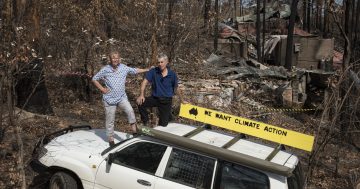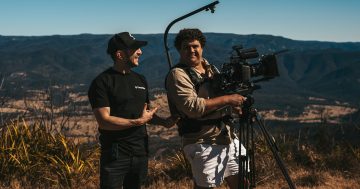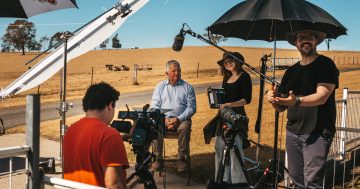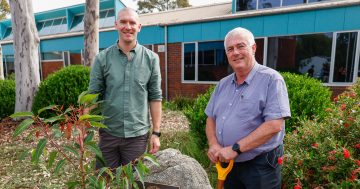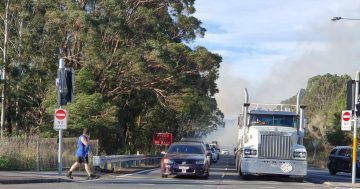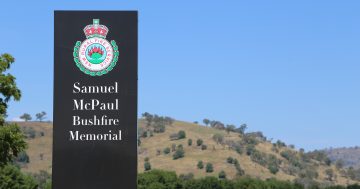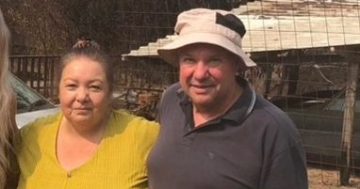
Forest regrowth in Mogo State Forest following the Black Summer bushfires, from 2020 to 2021. Photo: Tom McGann.
‘How will things ever go back to normal?’
That was the question everyone asked after the 2019-2020 Black Summer bushfires, with forests turning from green wonders to dark, ash-filled, post-apocalyptic wastelands.
However, two years on we’ve seen some remarkable regrowth throughout the Eurobodalla Shire. Although some parts continue to struggle.
For me, the bushfires were a life-changing moment. Up until the blaze, I had never faced anything so scary.
My family lost our home in Mogo from the monster fire on New Year’s Eve, but we didn’t just lose our house.
Beautiful forests around the coastal town of Batemans Bay were ruined, trees becoming nothing but tall burnt sticks and the green undergrowth ceasing to exist.
Overnight, the landscape went from technicolour to a palette of black, brown and grey.
For a long time, I had accepted what I thought was the new reality: the environment was never going to be the same again.
I was wrong.
Trees and forests have come back to be large, green and lush again, and the trunks of gums have swollen and shed their blackened bark.
I remember walking through burnt forests after the fires to clear my head – in retrospect, I realise this was a dangerous idea – but this is no longer possible due to the immense regrowth of grass, shrubs and plants.
In most areas, the bushfires have led to the natural regeneration of the environment, as seen in Mogo, Malua Bay, Tomakin, Broulee, Moruya and other hard-hit forested areas. Although in some places the flames were so hot the ground seems almost sterilised.
Lucy Carew-Reid, a Bawley Point resident experienced the Black Summer bushfires with her partner, Matt, and their young children.
In an attempt to cope with the trauma that Lucy and her family faced, she and Matt created a time-lapse video which highlights the regrowth in forested areas around the NSW South Coast.
Titled NSW Black Summer Bush Recovery Timelapse Project 2020-2021, it focuses on the main impact zones hit by the Currowan fire.
Some people may not want to watch it as the wounds are still too raw, but for others its reassurance that both ourselves and the bush can bounce back.
Lucy says she wanted to film the video after walking through burnt areas near her house after the fire.
“I had some money from the government given to me after the fires due to damage so we spent most of that in getting time-lapse cameras,” she says.
“We captured footage for a year and a half and had to change the batteries in the cameras once every few months. We would install the cameras into a tree and then move the footage onto Matt’s computer, where he would edit it.”
Editing included removing the night-time shots to avoid having the occasional dark flicker in the video.
The cameras were set up in three different locations: on a private property in Broulee, in bush near Ulladulla, and one in Lucy’s backyard.
At each location, Lucy filmed regenerated in varying ways.
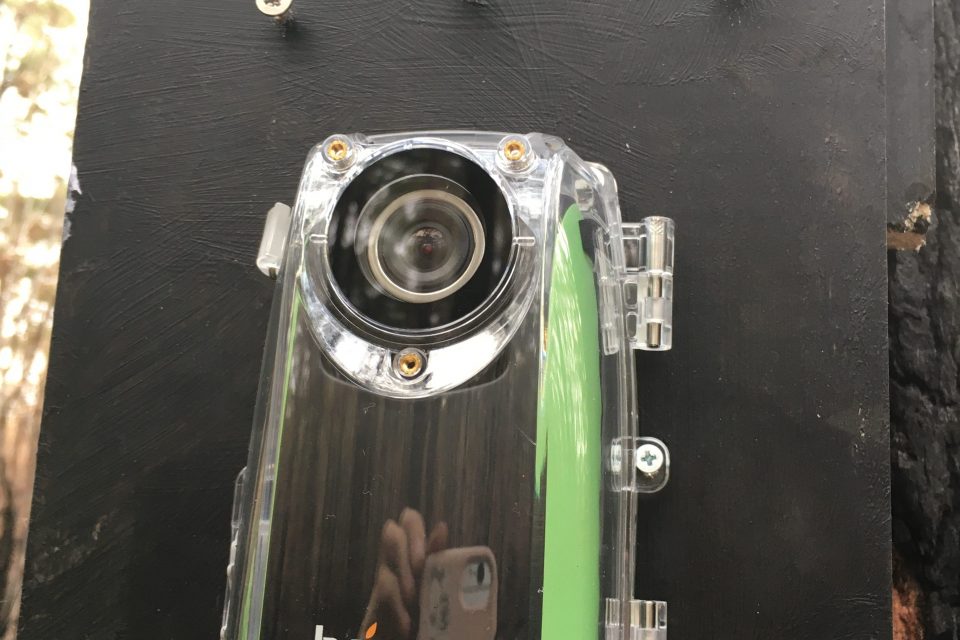


“Each site came back differently depending on what vegetation was there,” she says.
Lucy is hoping to now give the cameras to bush care groups, hoping they can profile some of their work.
While the regrowth has been positive, there are still some areas in the Eurobodalla Shire that are struggling to come back two years on.
Clyde Mountain has taken far longer than other areas, however when I was driving on the mountain not long ago, I noticed some of the trees are starting to grow leaves.
But not so for areas such as the much-loved McKenzies Beach, at Malua Bay.
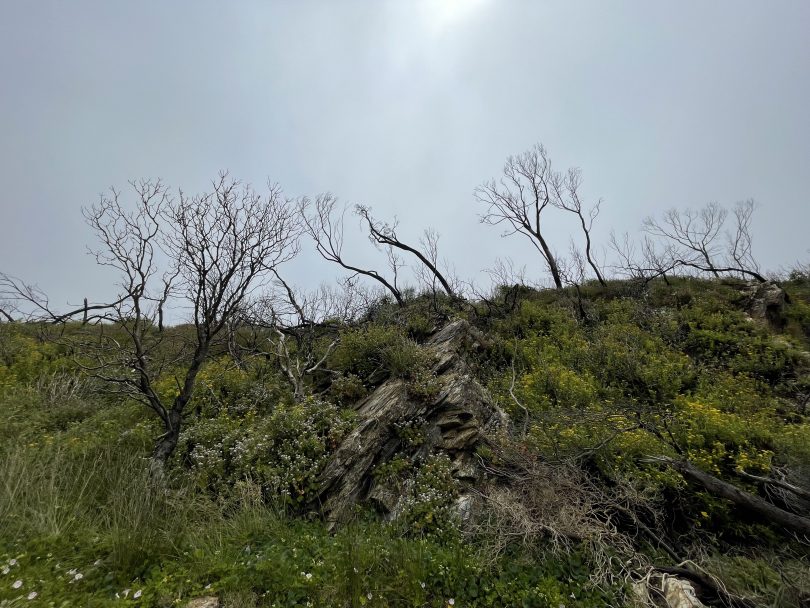
Two years after the Black Summer bushfires, McKenzies Beach is struggling to regrow. Photo: Tom McGann.
I went for a walk out there to see for myself as I had heard the trees are still burnt to a crisp.
It was sad to see the state they are in, and it reminded me of the days and weeks following the bushfires, when all trees were nothing but burnt matchsticks rising from the ashes.
But Lucy’s video has given me hope. Nature is capable of remarkable things and eventually I expect all of the beautiful Eurobodalla to come back.
It just needs time.







